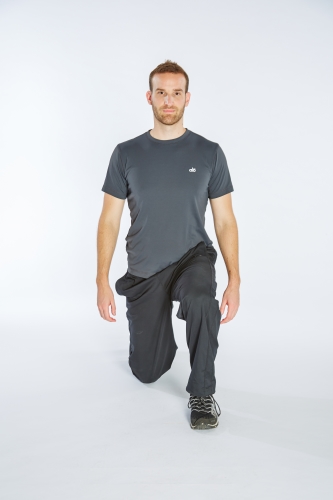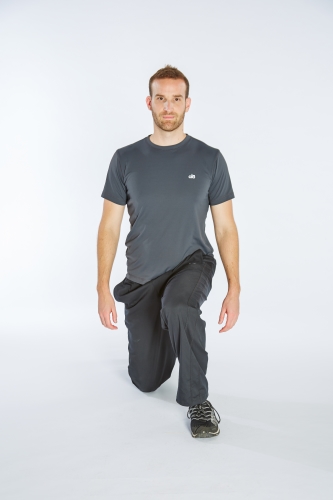 Do you check your knee alignment when performing lower body exercises like squats, deadlifts, or reverse lunges? If not, you are missing out on key benefits like increased strength and reduced risk of pain and injury.
Do you check your knee alignment when performing lower body exercises like squats, deadlifts, or reverse lunges? If not, you are missing out on key benefits like increased strength and reduced risk of pain and injury.
Basic Knee Alignment During Exercise
The rule of thumb for knee alignment while performing exercises is simple: the knee should be over the foot with the knee cap in line with the outside two toes.
A very common misalignment is for the knee to fall inward, toward the midline of the body. This is called valgus collapse. Valgus collapse puts uneven stress on the joint which over time can lead to pain and injuries.
Why Good Knee Alignment Helps You
Good alignment allows your body to use its muscles most effectively while minimizing mechanical stress on your joints. It also puts your limbs in the most stable position which allows you to produce more force. In other words, you strengthen your muscles more while getting hurt less.
How To Have Good Knee Alignment
The first step to improving your alignment is awareness. Try performing some squats or lunges in front of the mirror and watch your knee. Does it stay lined up with the foot, or does it fall inward while you are moving? If you see knee valgus happening, try to correct it just by focusing on it. If that works, then practice this alignment until it becomes automatic.
You may find that even with focus you are unable to keep the knee lined up over the foot, you may need more targeted interventions on strength, flexibility, and motor control. A knowledgeable personal trainer or physical therapist could help you identify any issues and develop a strategy to overcome them. The effort will be worth it.
Related
References
Sahrmann, Shirley. Diagnosis and treatment of movement impairment syndromes. St. Louis, MO: Mosby, 2008. Print.




